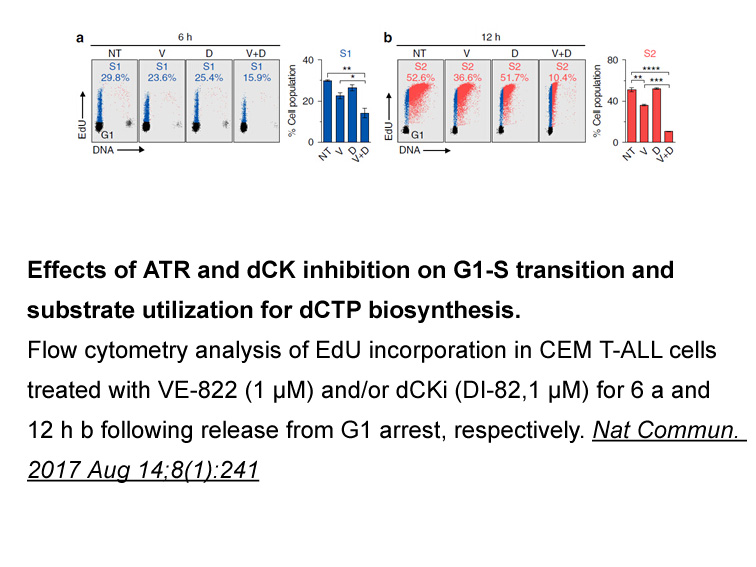Archives
Finally microRNAs miRNA seem to play an important role in
Finally, microRNAs (miRNA) seem to play an important role in AR signaling in BC. Some authors have described a differential TAME of miRNAs in AR-positive BCs compared to AR-negative ones. VEGF and mTOR pathways were also reported as implicated in miRNA dysregulation, suggesting a common underlying mechanism between AR and these pathways in regulating miRNA expression [71].
The emergence of C-terminally truncated AR variants (AR-Vs) has been firstly studied in PC as an important mechanism underlying resistance to ADT. It was subsequently observed that AR-V7 is also expressed in a subset of BCs. These variants, which arise due to alternative splicing and/or structural rearrangements of the AR gene, have variable structures but each lacks all or a portion of the LBD [72]. This can produce constitutively-active (ligand-independent) transcription factors resistant to drugs that inhibit androgen production and biosynthesis (i.e., GnRH modulat ors, abiraterone) or directly target the LBD (i.e., bicalutamide and enzalutamide) [73].
ors, abiraterone) or directly target the LBD (i.e., bicalutamide and enzalutamide) [73].
Conclusion
Increasing insights have established the importance of a more comprehensive knowledge of resistance mechanisms. New knowledges on the biology of AR  suggest its possible implication in the mechanisms of resistance to endocrine therapy in ER positive BC. More specifically, AR, when overexpressed, may contribute to de novo and acquired resistance in ER-positive BC. In fact, a high AR:ER ratio seem to be detrimental in BC treated with endocrine therapy. Some studies have shown that AR expression is higherintamoxifen-resistanttumors and in anastrozole-resistant BC. Moreover, using AR inhibitors, such as bicalutamide and enzalutamide, the sensitivity to endocrine therapy is restored. Therefore, the use of AR inhibitors is becoming appealing as a strategy to overcome this resistance to hormonal treatment by assuring a good toxicity profile. In this context, the research is focusing on the identification of predictive factors to better individuate those patients who could benefit from AR-targeted treatment.
suggest its possible implication in the mechanisms of resistance to endocrine therapy in ER positive BC. More specifically, AR, when overexpressed, may contribute to de novo and acquired resistance in ER-positive BC. In fact, a high AR:ER ratio seem to be detrimental in BC treated with endocrine therapy. Some studies have shown that AR expression is higherintamoxifen-resistanttumors and in anastrozole-resistant BC. Moreover, using AR inhibitors, such as bicalutamide and enzalutamide, the sensitivity to endocrine therapy is restored. Therefore, the use of AR inhibitors is becoming appealing as a strategy to overcome this resistance to hormonal treatment by assuring a good toxicity profile. In this context, the research is focusing on the identification of predictive factors to better individuate those patients who could benefit from AR-targeted treatment.
Acknowledgments